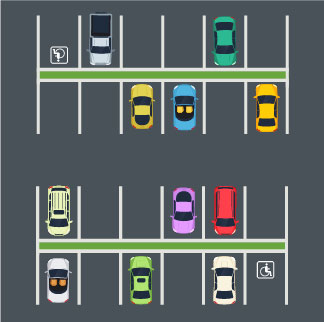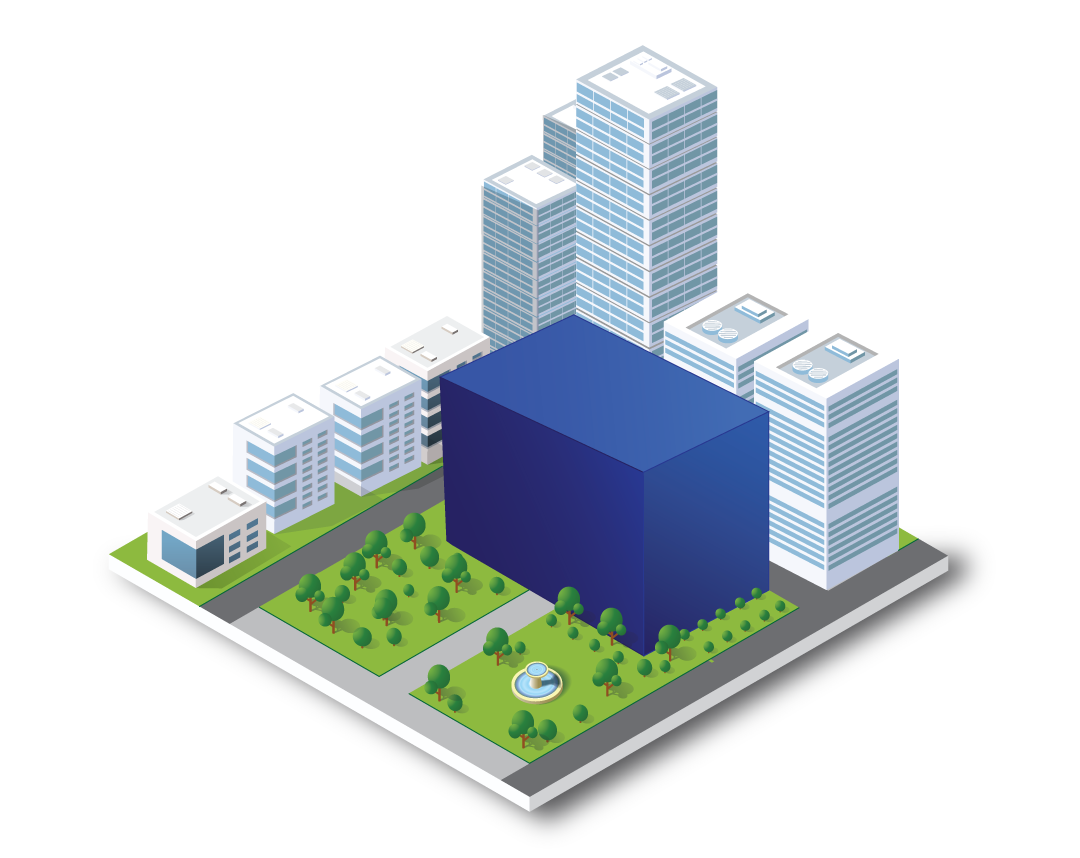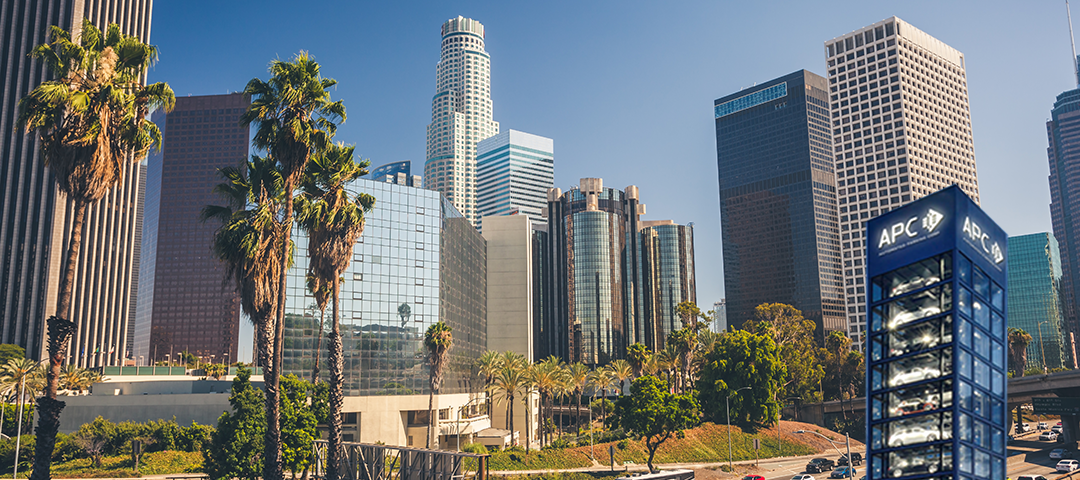
Can a Historical Building be Saved with Technology?
July 24, 2019
The Insanity of Parking and Its Cost
August 20, 2019In a recent article published by Curbed, an online news source bringing relevant local issues to a broad national audience, it seems that L.A. is entertaining the idea of eliminating parking requirements to level the cost of housing. The article describes the current parking requirements and guidelines that developers must follow for new construction or when adding to existing construction, and the impact they have on the cost of housing that is ultimately passed-on to residents.
As a general rule, real estate developers are required to provide a certain number of parking spaces based on predetermined ratios. The ratios are based on different variables, such as building use, square footage or a number of rooms per unit; sometimes requiring one to two parking spaces per unit built. In order to comply with these predetermined set of rules, developers are forced to devote a good portion of the available land to build the oh-so-common, very unattractive and expensive parking garage or lot.
The article also highlights one very interesting fact about how the cost of parking impacts rental rates: 17% of rent costs go towards building the parking required by these predetermined parking minimums, driving up the cost of housing even for tenants that may not even need a parking spot.
Michael Manville states, “Minimum parking requirements can make it difficult to build housing for certain people, on certain parcels, in certain buildings, or in certain Neighborhoods.”

Although we understand the reasons behind standardizing and creating parameters for Authorities Having Jurisdiction to be able to evaluate projects more efficiently, we also agree that, in most cases, parking requirements are not based on the true needs of specific projects, localities, and residents.
For decades, parking has not really been a hot topic, but more and more these days, the conversation and particularities surrounding parking have become an extremely pressing matter for all stakeholders alike. Societies are changing, cities are changing, technology is evolving and users are modifying their mobility patterns all around the world; in turn, the entire urban landscape is now being reconsidered in order to respond to these new societal demands.
The issues that result from arbitrary parking minimums have been widely discussed and the discussions point to them being outdated and detrimental in many levels. We all agree that parking requirements need to be more flexible and respond to real demands, instead of being state-wide standards unable to differentiate between diverging urban environments.
A walkable town with reduced vehicle usage, for example, does not share the parking needs of an urban center with limited means of transportation. Proper urban planning and development require meeting demand without going overboard. New developments need to consider the land and the specifics of the community and the residents they will be serving, so cookie-cutter requirements may not be in their best interest.
With that said, is lifting parking requirements altogether the right approach? Those who follow the urban conversation would agree that this is the age of the “questioning”. Cities, towns and entire societies are currently questioning land-use practices, vehicle overuse, environmental impacts, traffic congestion (and its resulting stress on individuals) and, of course, the need for parking, its shortages and its overages.

Although we are gearing towards strategies to improve the way we currently move and the impact this mobility has on the environment, the urban landscape, economic development and the lives of citizens, we are still a car-centered society and parking is still a necessary evil. So what to do in the meantime?
Just as we are looking at all urban concepts in a new light and adopting new strategies and technologies to reach our goals, we also need to look at parking in a new light. Automated Parking Solutions are right here, right now, as feasible and reliable options for cities, architects and developers to optimize land use and to significantly reduce parking footprints, constructions costs, vehicle emissions, and stress.
Automated Parking Systems (APS) offer unparalleled design flexibility and open a wide span of avenues to address the shortcomings and downsides of current parking methods. Automated Parking may be the answer to bringing balance into urban development and the answer to facilitate a smooth transition between the car-centered society of today and the “car-less” society we are envisioning for the future.
How? APS is able to accommodate the same amount of vehicles in a third of the space, allowing architects and developers to significantly reduce the footprint devoted to parking while still complying with parking needs and demands. They are also much more energy-efficient and environmentally friendly, a lot safer for people and property and offer a number of economic advantages for construction, operation, maintenance, insurance, and even taxes. For detailed information about the advantages of APS, you may click here.


Experts continue to argue that parking minimums did not prove to be the best long term solution for urban development, resulting in parking overages and increased costs; however, making decisions based on the thought that we do not need parking at all can also lead to a whole new level of chaos. What we really need are permanent solutions that are up to par with the current urban challenges and demands.
Automated Parking Systems have been fully adopted and widely used for decades in other latitudes of the world to overcome the increase in vehicle usage, the shortcomings of traditional parking methods and most of all the lack of available land in dense urban centers. New technology and innovative approaches are being applied to every single aspect of urban planning and development these days, why should parking be the exception?




